
A blog focusing on 1/64 diecast from such popular brands as Hot Wheels, Matchbox, Johnny Lightning, M2 Machines, GreenLight, Tomica, Yat Ming, Majorette, MotorMax, Siku, Corgi, Guisval, Playart, Ertl, Zylmex, Racing Champions, & many more. Swifty's Garage features a daily Car Of The Day and news updates from your favorite brands!
Monday, March 21, 2011
Monster Car Of The Day: March 21, 2011
Today's car of the day is Hot Wheels' 1975 Chevrolet Corvette 4x4.
The Chevrolet Corvette (C3) is a sports car produced by the Chevrolet division of General Motors for the 1968 through 1982 model years. Corvette chief Zora Arkus-Duntov wanted a striking new Corvette; although engines and chassis components were mostly carried over from the previous generation, its body and interior were new. "Though initially flawed, the 1968 like the 1958, would improve and mature into a car precisely right for its time." The so-called Shark was produced during one of the most troubled periods in America: civil unrest, burgeoning federal guidelines, fuel economy and pollution regulations, oil embargoes, rising fuel and insurance costs, runaway inflation, and a lingering recession. Through it all the third generation Corvette continued to set new sales records with an all-time high of 53,807 produced for the 1979 model year.
For more information and pictures of the real car please visit: Chevrolet Corvette
I love this model. I know the vast majority of folks do not like this particular casting, but I was thrilled to see it return as I have fond memories of both the yellow and purple flamed 4x4 Vettes Hot Wheels did in the 1980s. My only complaint is the brown tires. I know they're meant to invoke mud, but the rest of the car (including the rims!) is sparkling clean so it doesn't make sense.
The 1975 model was advertised as "a more efficient Corvette," as service intervals were extended and electronic ignition and the federally mandated catalytic converter were introduced with "unleaded fuel only" warnings on the fuel gauge and filler door. Dual exhaust pipes were routed to a single converter, then split again leading to dual mufflers and tailpipes. Starting this year, tachometers were electronically driven. The Corvette began to be influenced by the metric system as speedometers now displayed small subfaces indicating kilometers-per-hour. 75's featured revised inner bumper systems with molded front and rear simulated bumper guards. The urethane rear bumper, now in its second year, reappeared as a one-piece seamless unit. This was the final year for Astro Ventilation. Power bottomed out this year — the base engine produced only 165 hp (123 kW) and the only remaining optional motor, the L-82, dropped an astonishing 45 hp (34 kW), managing to deliver 205 hp (153 kW). With no larger engine available, L-82 hood emblems began to appear on cars so equipped. Unchanged was the standard rear axle ratio for the base engine, which remained at 3.08 with automatic and 3.36 with manual transmission. This was the last convertible for the 1968-82 third-generation and only 12% of the cars were ordered as such. As in previous years, a folding top came standard with roadsters and a body color or vinyl covered hardtop was optional at additional cost. Anticipating further federal safety restrictions, Chevrolet believed it would be Corvette's last soft-top model ever but the convertible returned in 1986.
Car and Driver recorded a respectable 7.7 second 0-60 time in a 1975 base engine-automatic, making the Corvette still one of the fastest cars available at the time. C&D said: "The Corvette feels highly competent with power-everything to help you guide the long body around..."
The C3 fifteen year run shows an extreme contrast. The list price for the Corvette in 1968 was $4,663. By 1982 due mostly to inflation, the base price had increased to $18,290. In 1968 there were six engines, two small-block V8s and four big-block V8s. By 1982 there was only one small block V8 engine available. In '68 there were five transmissions, including four manual choices. By '82 there was one, a four-speed automatic. Although refined, emission standards and fuel economy concerns had changed America's only sports car.
Subscribe to:
Post Comments (Atom)

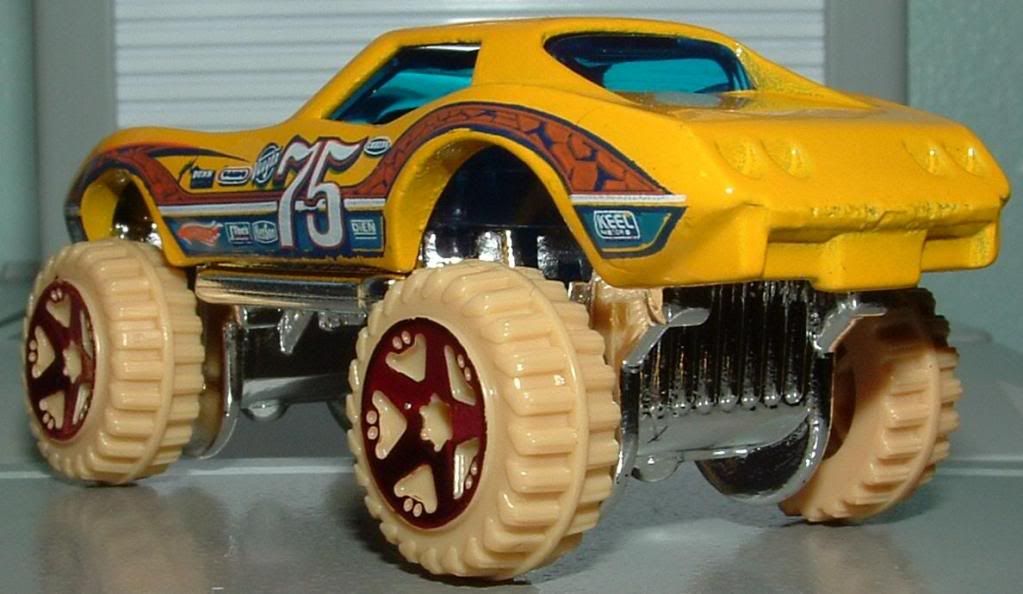

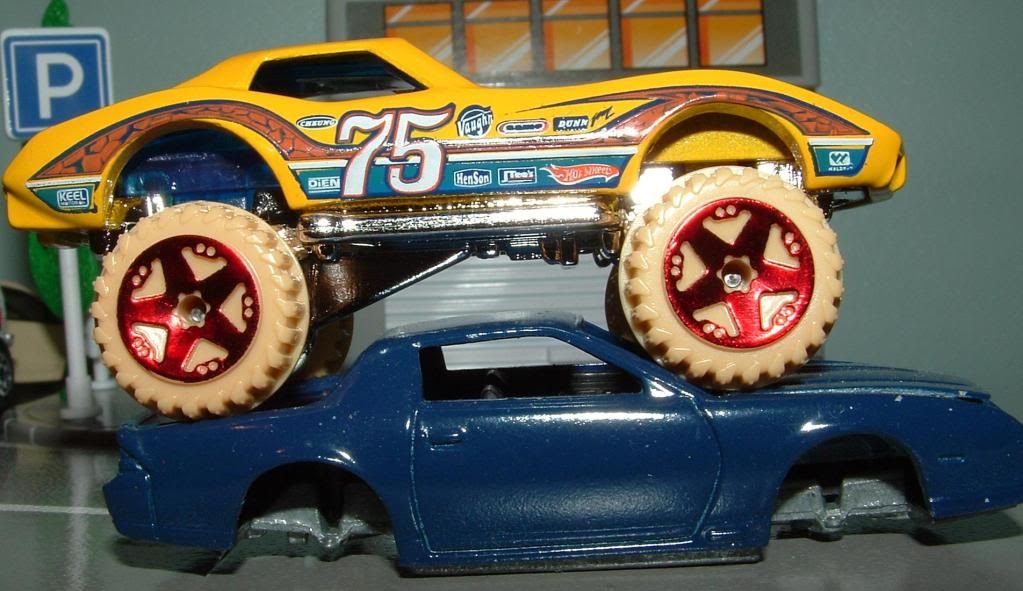
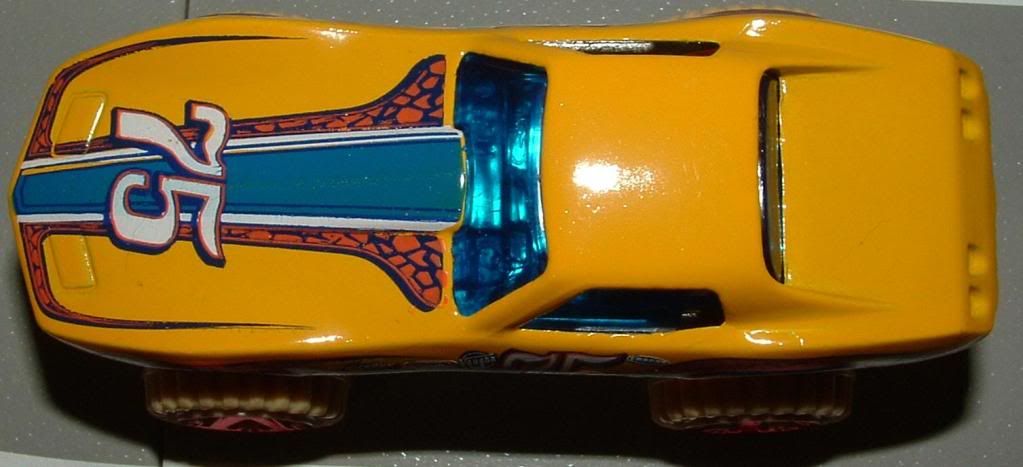
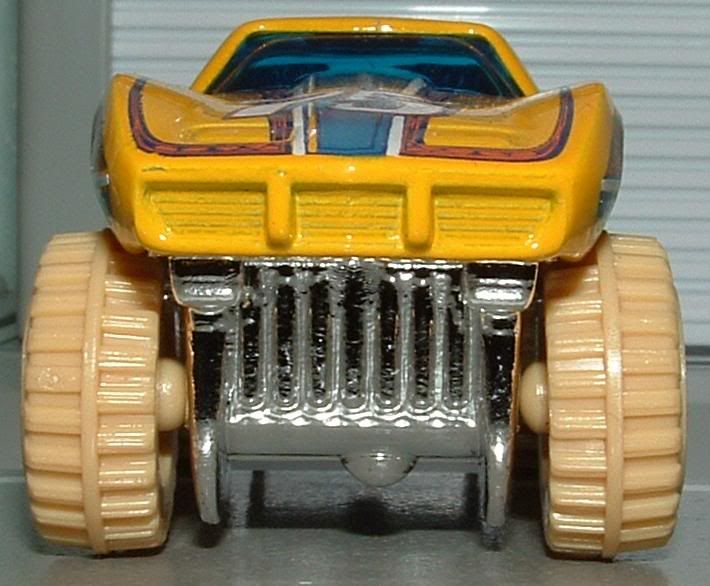
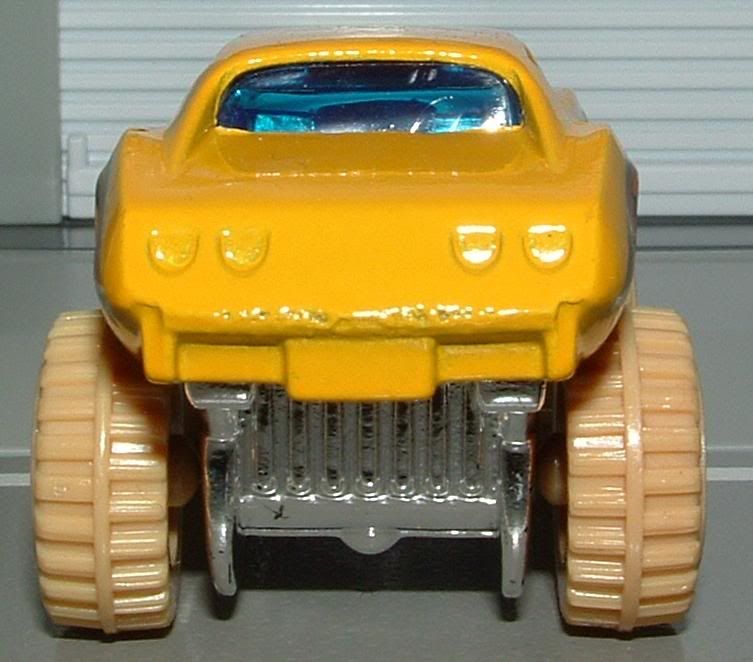
No comments:
Post a Comment